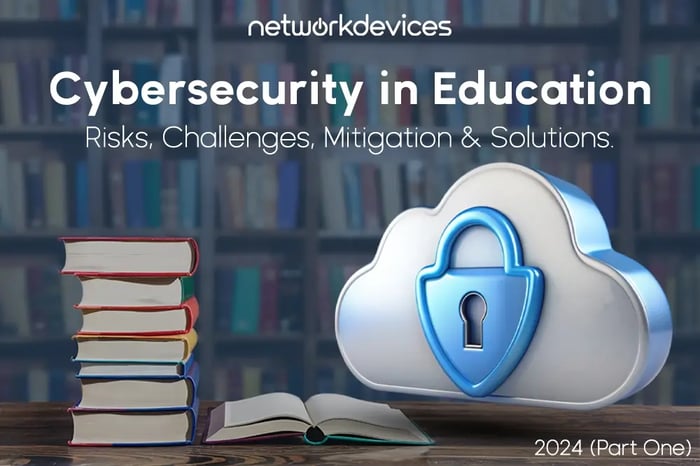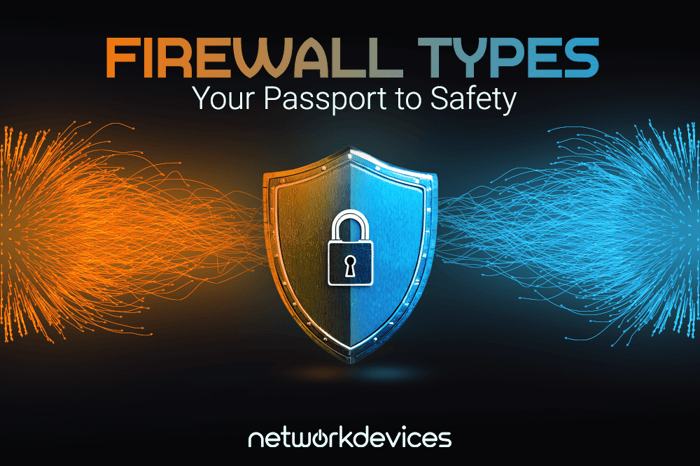You have no items in your shopping cart.

Cybersecurity for Schools & Higher Education in 2024
The cybersecurity landscape in the educational sector is increasingly complex, marked by rising threats like ransomware, phishing, and data breaches. Institutions face challenges due to limited budgets, outdated systems, and a high volume of sensitive data.
The Stanford University Breach of 2023 is a severe red alert for educational institutions in the United States. The Akira Ransomware group attacked Stanford.
The Highlight
● Evolving Threats, Limited IT Resources, budget constraints, legacy systems, and BYOD are a few highly anticipated cybersecurity challenges in educational institutions.
● The BlackSuit ransomware group, a new version of the Royal group, has taken responsibility for two cyberattacks. These attacks targeted East Central University in Ada, Oklahoma.
● Research by CDW said "Slightly over 43% of respondents reported breaches that resulted in downtime costs ranging from $1 million to $10 million for their organizations. Additionally, 8% indicated they had experienced breaches with costs exceeding $10 million.
● According to "The State of Ransomware in the U.S. Report and Statistics 2023" by Emsisoft, over 180 K-12 schools and postsecondary institutions were affected by cyberattacks.
● A research report by the Government Accountability Office found that learning loss following a cyberattack typically ranged from 3 days to 3 weeks, while recovery times extended from 2 to 9 months.
The High Cost of Data Breaches in Education
IBM's "The Cost of a Data Breach" report revealed that the average total cost of a breach reached an all-time high of USD 4.45 million in 2023, up 2.3% from USD 4.35 million in 2022. Over the long term, this represents a 15.3% increase from USD 3.86 million reported in 2020.
Data breaches in schools can be expensive. Expenses such as ransom payments, legal fees, and fines can lead to significant financial losses. It also encompasses costs related to system downtime, data recovery, and reputational damage. On average, breaches can lead to millions of dollars in expenses, impacting operational budgets and disrupting educational activities.
Why Schools Are Prime Targets for Cybercrime?
Cyber adversaries increasingly target schools, colleges, and universities due to their vast repositories of sensitive data and growing reliance on digital systems.
These institutions store personal information, academic records, and financial details, making them attractive targets for ransomware, phishing, and other cyberattacks. The shift to online learning and administrative digitalization has expanded their attack surfaces, while often inadequate cybersecurity measures leave them vulnerable.
Personal and Sensitive Data: Educational institutions manage extensive amounts of personal, academic, and financial information, making them prime targets for cybercriminals seeking valuable data for identity theft or financial gain.
Little or No Cyber Protection: Many schools and universities lack sufficient cybersecurity measures due to budget constraints and limited expertise, leaving them vulnerable to various cyberattacks.
Easy Money in the Form of Ransom: Cybercriminals exploit these vulnerabilities, often using ransomware to extort money from institutions by encrypting critical data and demanding ransom payments for its release.
How can we forget the Ransomware Attack on the Los Angeles Unified School system in 2022 that crippled the school across the state for several days?
Top Seven Cybersecurity Challenges in Educational Institutions
● Evolving Threats
The rapid advancement of cyber threats, including sophisticated malware and phishing attacks, requires constant vigilance and adaptation to new security measures.
● Limited IT Resources
Many educational institutions have small IT teams that struggle to keep up with the increasing demands for cybersecurity, often lacking the capacity to implement and manage comprehensive security solutions.
● Budget Constraints
Financial limitations restrict the ability to invest in advanced cybersecurity tools, personnel, and training, leaving institutions exposed to potential threats.
● Risks of Legacy Systems in Schools
Outdated software and hardware often lack necessary security updates, making them vulnerable to exploitation and difficult to secure.
● BYOD Policy Risks in Education
The Bring Your Own Device (BYOD) policy introduces additional security risks, as personal devices may not adhere to institutional security standards and can be a vector for malware.
● Lack of Cyber Awareness
A general lack of cybersecurity awareness among students, faculty, and staff can lead to risky behaviors and susceptibility to phishing and other attacks.
● Multiple Access Points
Online learning platforms and digital tools create more access points for cyber attackers, making it easier for them to find and exploit weaknesses.
How Educational Institutions Can Prevent Data Breaches?
The shift to digital learning and remote access expands attack surfaces, making robust security measures essential. Emerging threats require continuous updates to security protocols and technologies, while cyber awareness training is crucial to mitigate human error and enhance overall defense.
Invest in Cybersecurity
Allocate a dedicated budget to implement robust cybersecurity measures. This includes investing in advanced security technologies and hiring skilled professionals who can manage and fortify the institution’s digital infrastructure.
Adequate funding allows for the deployment of comprehensive security solutions and ensures that the IT team can stay updated with the latest cybersecurity practices and threat intelligence.
Conduct Cyber Awareness Training
Regular training sessions for students, faculty, and staff are crucial for enhancing cybersecurity awareness. This training should cover recognizing phishing attempts, secure password practices, and safe handling of sensitive information.
By improving awareness and understanding of potential threats, institutions can significantly reduce the risk of human errors that often lead to security breaches.
Adopt the Latest Technologies and Solutions
Implement modern security technologies, such as next-generation firewalls, which offer advanced threat protection, and intrusion detection systems (IDS), which monitor network traffic for suspicious activity.
Encryption solutions should be used to protect data in transit and at rest, ensuring that sensitive information remains secure. Adopting these technologies helps institutions stay ahead of evolving threats and enhances overall data protection.
Conclusion: Prioritize Cybersecurity for Safe Learning
In 2024, cybersecurity in the education sector is critical due to increasing cyber threats targeting sensitive data. Institutions face challenges, including evolving threats, limited IT resources, and outdated systems.
They should invest in better security technology and provide regular training on cyber safety to lower risks.
Additionally, they need to budget for skilled staff. On average, data breaches cost about $4.45 million. Strong cybersecurity is crucial to protecting data, keeping operations running, and preventing financial and reputational harm.






